Citizens are shopping at a supermarket in Nanjing, East China’s Jiangsu province, on March 9, 2024.
Costfoto | Nurphoto | Getty Images
China’s retail sales growth slowed in April, data from the National Bureau of Statistics showed Monday, signaling that consumption remains a worry for the world’s second-largest economy.
Retail sales rose 5.1% from a year earlier in April, missing analysts’ estimates of 5.5% growth, according to a Reuters poll. Sales had grown by 5.9% in the previous month.
Industrial output grew 6.1% year on year in April, stronger than analysts’ expectations for a 5.5% rise, while slowing down from the 7.7% jump in March, indicating the impact from U.S. tariffs was not as harsh as was being expected.
“We should be aware that there are still many unstable and uncertain factors in [the] external environment,” the statistics bureau said. “The foundation for sustained economic recovery needs to be further consolidated.”
Fixed-asset investment for the first four months this year, which includes property and infrastructure investment, rose 4.0%, slightly lower than analysts’ expectations for a 4.2% growth in a Reuters poll.
The urban unemployment rate in April eased to 5.1% from 5.2% in March, at a time when U.S.-China trade war had led economists to warn about substantial job losses in China.
U.S. President Donald Trump had placed tariffs of 145% on imports from China that came into effect in April, while Beijing had retaliated with 125% levies on American imports.
Answering questions on the impact of the ongoing trade conflict with the U.S., the statistics bureau spokesperson Fu Linghui stressed Beijing’s efforts aimed at diversifying exports to other regions, noting that the trade figures in April pointed to overall resilience.
China’s exports surged more than expected in April, as a jump in shipments to Southeast Asian countries helped it offset a sharp drop in outbound goods to the U.S.
In April, the U.S.-bound shipments plunged over 21% from a year earlier. In the first four months this year, China’s exports to the U.S. dropped 2.5%, according to customs data.
Fu added that the recent reduction in the mutual tariffs would benefit trade for both sides, while cautioning that domestic demand, including consumption, still lacked momentum.
Automobile sales grew just 0.7% last month from a year earlier, compared to 5.5% jump in March, despite an expanded program that subsidizes consumers and businesses to trade in vehicles and other select products, including smartphones and home appliances.
Within fixed asset investment, the drag from real estate worsened, falling 10.3% for the year as of April.
The real estate sector remained in a period of “adjustment” and pressure on the sector was still large in certain regions, said Fu.
China’s CSI 300 index fell 0.39% while the Chinese offshore yuan was little changed at 7.2133 against the greenback.
Cautious growth upgrades
Trade-war fears have receded after a meeting of U.S. and Chinese trade representatives in Switzerland earlier this month led to a lower set of levies between the world’s two largest economies. Beijing and Washington agreed to roll back most tariffs for 90 days, allowing some room for further negotiation to reach a more lasting deal.
That prompted a slew of global investment banks to raise their forecasts for China’s economic growth this year while paring back expectations for more proactive stimulus as Beijing strives to reach its growth target of around 5%.
The trade truce came as the economic toll of tariffs on the economy was becoming difficult to ignore.
China’s factory activity had dropped to a 16-month low in April, with a gauge on new export orders sliding to its lowest since December 2022, a stark contrast to the industrial output data, indicating dampened sentiment over tariffs.
While industrial output measures the value of goods produced in sectors such as manufacturing, mining and utilities, the manufacturing purchasing managers’ index measures enterprises’ sentiment.
The wholesale prices posted the steepest drop in six months in April, while consumer prices fell for a third moth, underscoring the persistent deflationary pressure in the economy.
Businesses frontloading U.S.-bound shipments before the end of the 90-day window will likely support China’s exports and industrial output in the coming months, Lisheng Wang, China economist at Goldman Sachs said in a note, following the latest data release.
Indicators show container bookings jumped last week following the tariff ceasefire, Tommy Xie, managing director and head of Asia macro research at OCBC Bank said in a note Monday.
The seven-day average container booking volume as of May 14 spiked by 277% compared to the week ending May 5, Xie said, citing data from container tracking software provider Vizion.
Goldman Sachs last week improved its forecast for China’s export volume growth this year to 0% from a 5% decline, expecting the economy to expand by 4.6% in 2025, from the previous baseline of 4.0%.
Wang, however, cautioned that “near-term growth strength” could be at the cost of “payback effects,” calling for more policy easing to stabilize growth, employment and market sentiment.
The Chinese government has implemented a raft of stimulus measures to stimulate consumption across different sectors and support businesses impacted by the tariffs and bolster employment.
Earlier this month, the People’s Bank of China announced to cut the seven-day reverse repurchase rates by 10 basis points to 1.4% from 1.5%. That will bring down its main policy rate, known as the loan prime rate, by around 10 basis points, according to the central bank’s Governor Pan Gongsheng.
The PBOC is expected to announce the one-year and five-year LPR for May on Tuesday.
chinas-retail-sales-disappoint-as-stimulus-fails-to-spur-demand-industrial-output-defies-tariffs

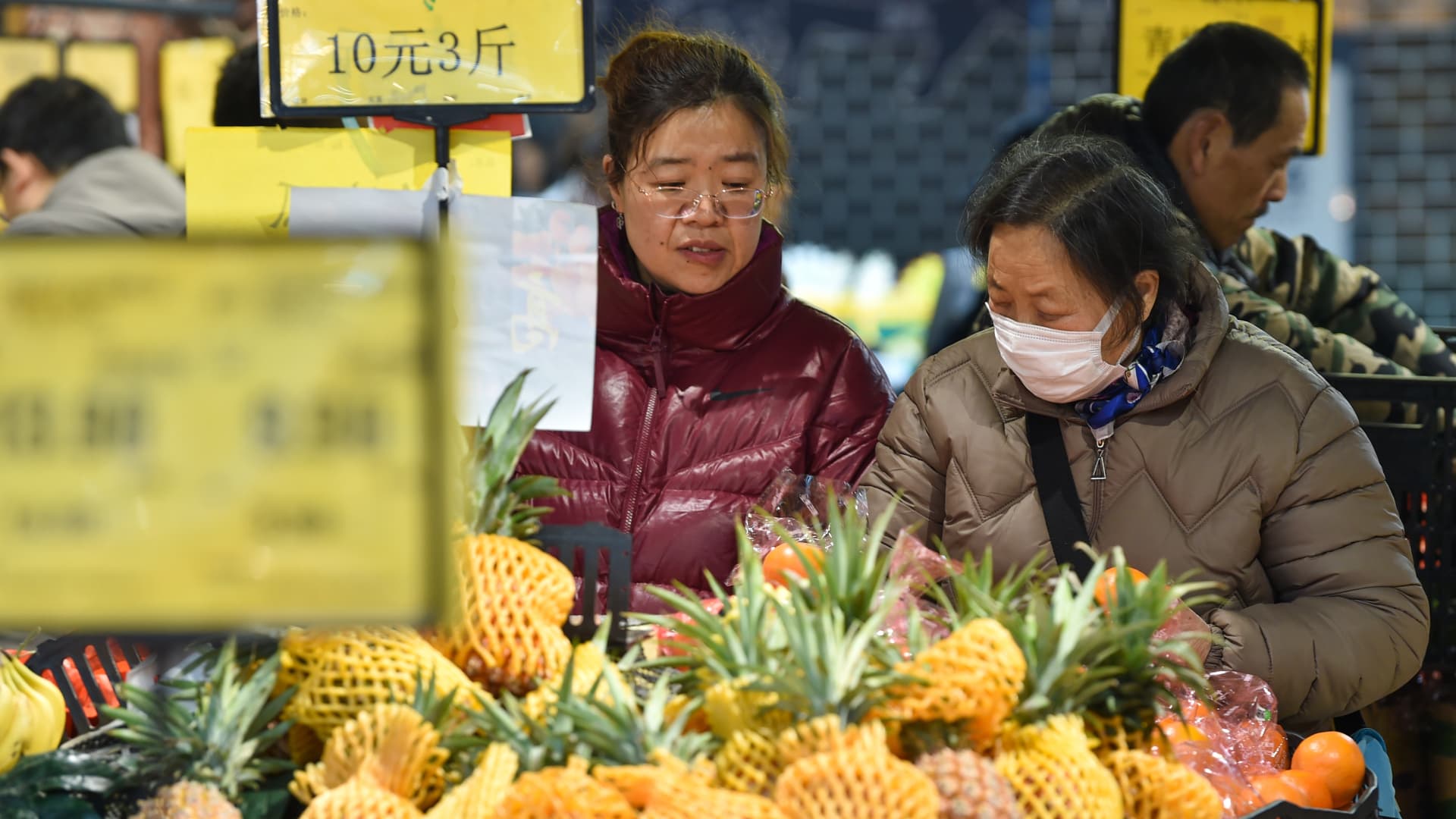


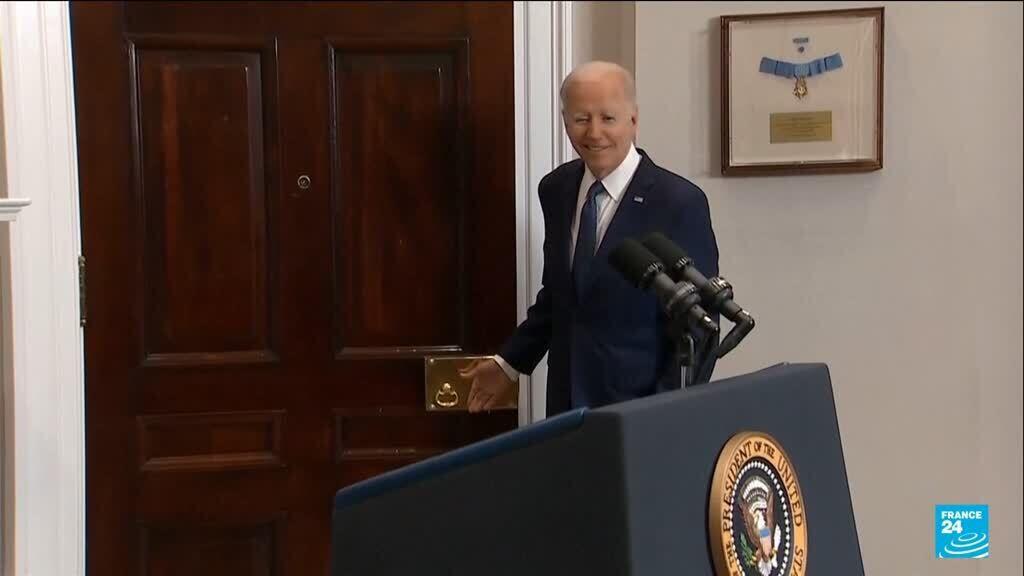

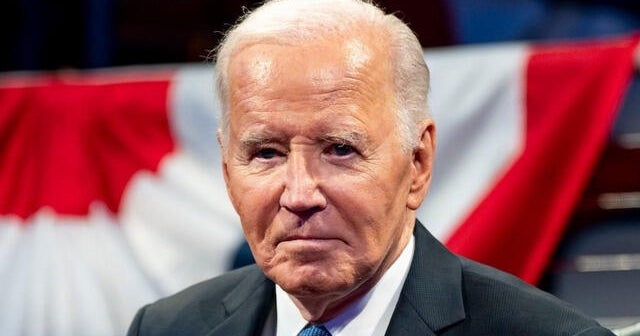
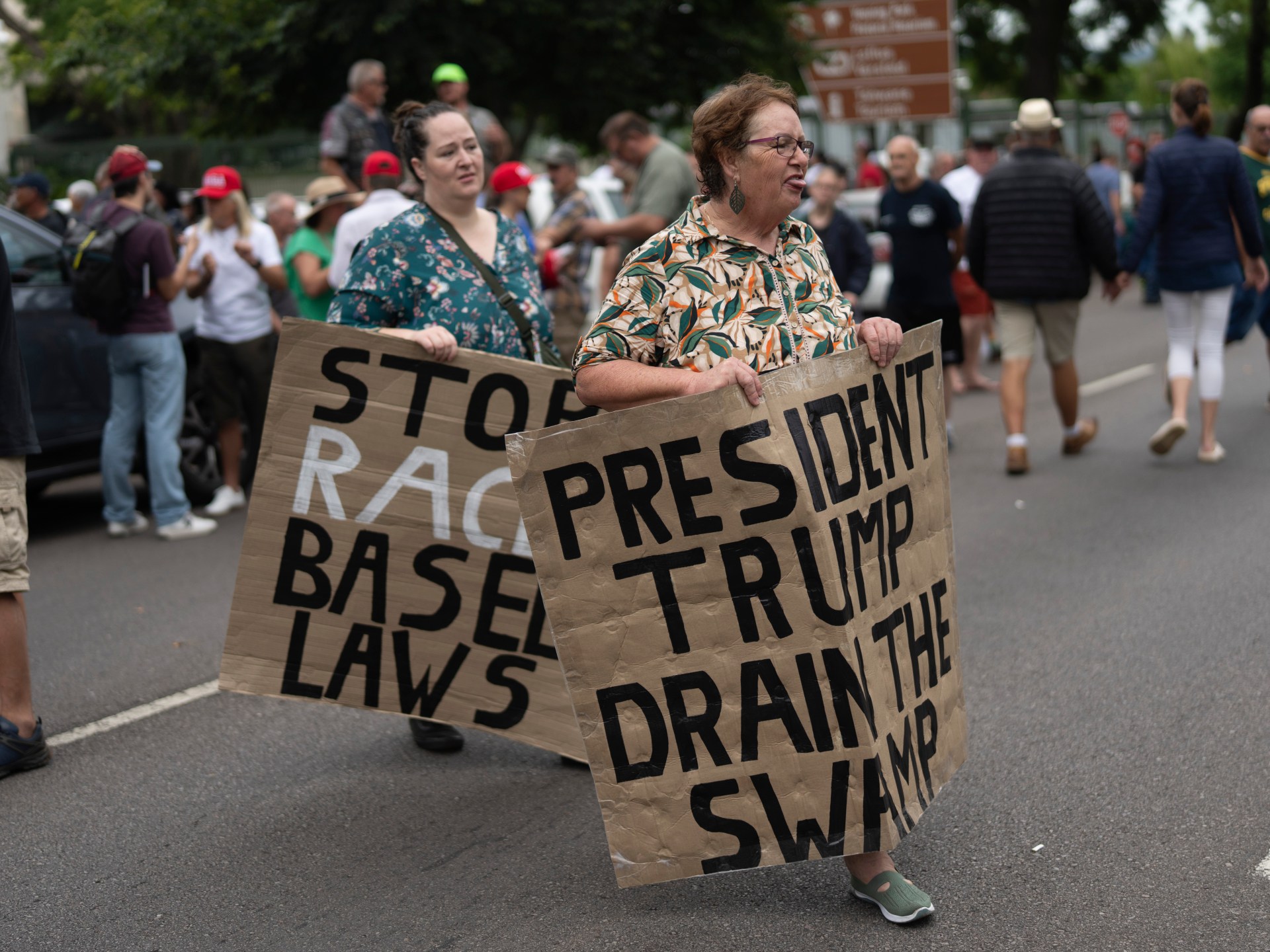


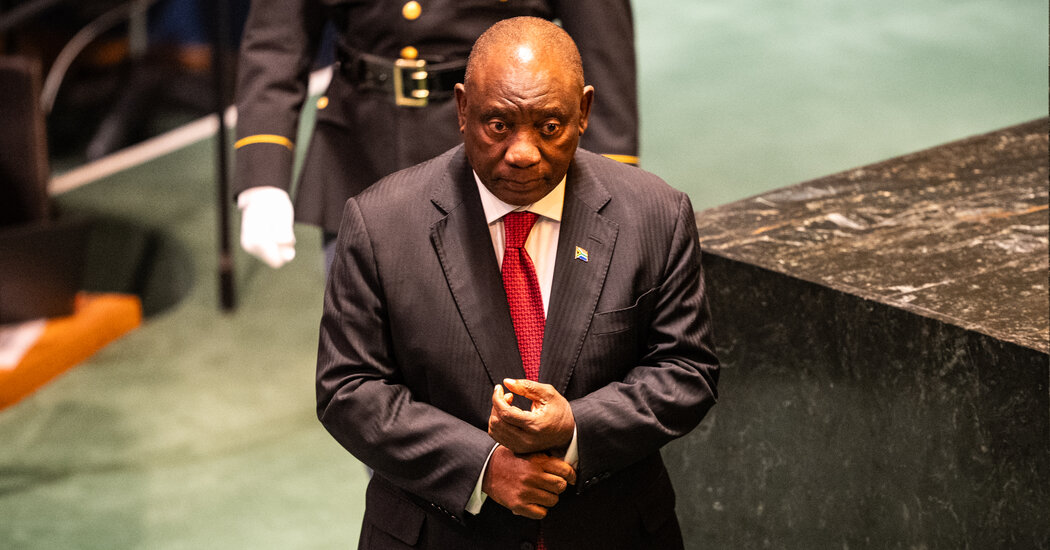


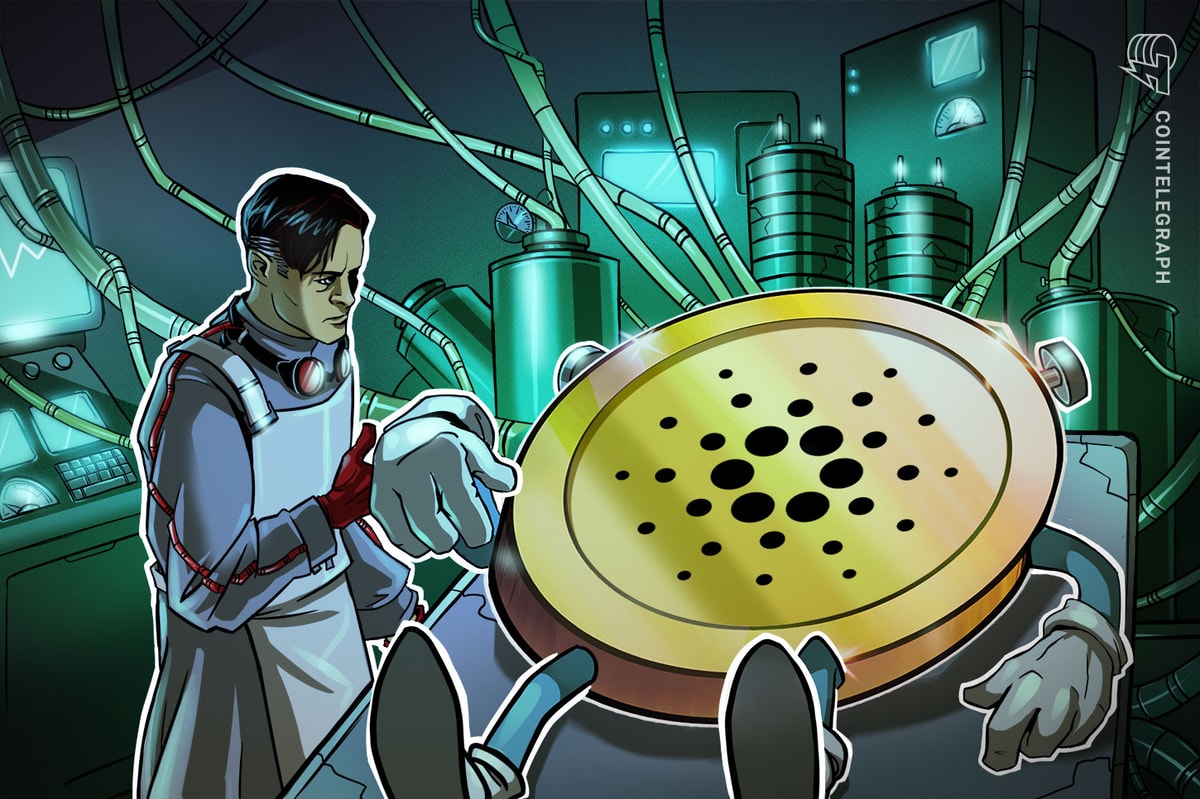

Leave a Reply